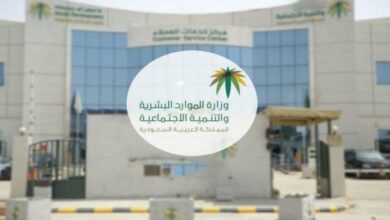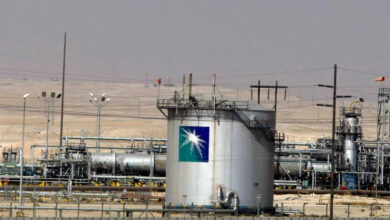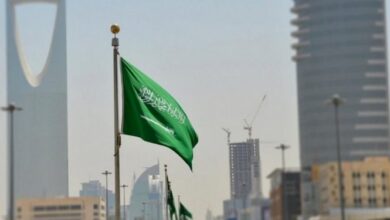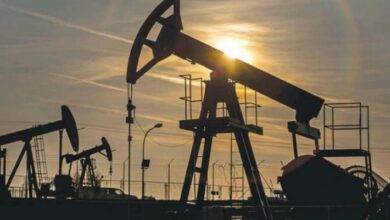Saudi Arabia Reins In Spending to Contain Deficit
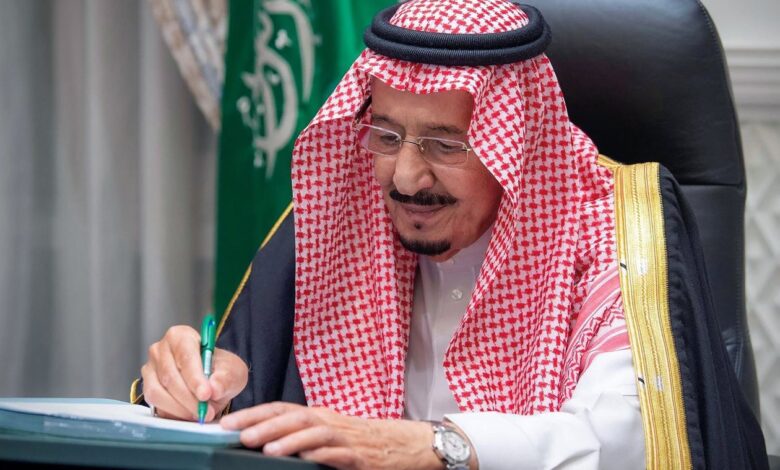
Saudi Arabia plans to spend less next year to rein in a pandemic-induced budget deficit, pursuing austerity even as a rally in oil prices signals a higher demand for crude and a global economic recovery.
The Saudi government expects to trim its budget deficit from 12% of economic output this year to 4.9% in 2021, as it lowers spending by about 7% to 990 billion Saudi riyals, equivalent to $264 billion, the country’s Finance Ministry said Tuesday. State revenues are forecast to grow nearly 10% to 849 billion riyals on higher taxes and oil revenues.
Saudi Arabia’s budget announcement is a closely watched measure of spending in the wider Gulf region and an indicator of Riyadh’s expectations on the direction of oil prices. Crown Prince Mohammed bin Salman is expected to face a tricky economic balancing act next year as the kingdom’s de facto ruler will have to cut spending on some projects related to his plan to diversify the economy yet still try to create jobs for his young population.
The crown prince also faces a new administration in Washington that has indicated it would reassess the U.S. relationship with Riyadh, which could hamper already weak investment into the kingdom. Saudi Arabia’s oil infrastructure also has come under increasing attack, threatening its ability to earn revenues. This week, a boat loaded with explosives targeted an oil tanker at the Saudi port city of Jeddah, in the latest strike on the country’s hydrocarbon assets.
While crude prices have rallied 30% since the start of last month, the International Monetary Fund predicts Saudi Arabia’s economy will shrink by 5.4% this year, compared with a global contraction of 4.4%.
The Saudi government forecasts a return to growth of 3.2% next year. Unemployment among Saudis stands at roughly 15%, according to the latest government statistics.
READ: Mohammed bin Salman’s economic plans in futility
To boost output and help create jobs, the Saudi government is expected to rely on its $300 billion sovereign-wealth fund, whose spending is excluded from the Finance Ministry’s budget. Prince Mohammed said last month that the Public Investment Fund would inject roughly $40 billion into the domestic economy next year and again in 2022.
That investment will largely come via real-estate projects. These include luxury tourism resorts on the Red Sea; the development of historic sites to draw tourists; and a futuristic city-state called Neom in the country’s remote northwest.
The Saudi government hopes the PIF projects will cushion the blow of lower government spending and the increasing costs of living in the kingdom. Earlier this year, the Saudi government tripled its value-added tax rate and eliminated allowances for state workers. Many less high-profile projects related to Prince Mohammed’s economic transformation also are getting canned, the government has said.
Saudi revenues have fallen this year as the pandemic sapped demand for crude, leaving oil prices hovering at about $40 a barrel. Since November, prices have edged up to about $50 on upbeat coronavirus vaccine trial results that have spurred hopes of a faster economic recovery.
Indicating Saudi Arabia’s unease about global economic prospects, however, the country argued against an increase in collective output by the Organization of the Petroleum Exporting Countries and a group of Russia-led oil producers at a meeting earlier this month. The group eventually voted against Saudi Arabia and upped output, betting the worst of the shock to demand is over.
Source: Wall Street Journal

